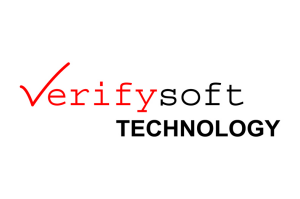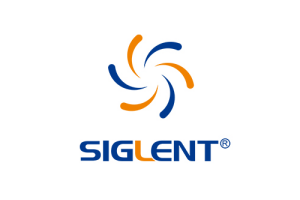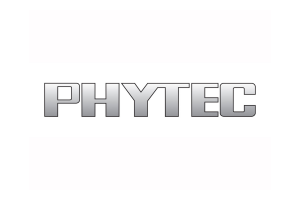Generating solid-state RF
RF energy — the silent revolution
Fortsetzung des Artikels von Teil 3
Plasma scalpel — RF energy technology for medicine
Prof. Holger Heuermann of the Aachen University of Applied Sciences likes to compare plasma technology to lasers. Laser technology itself is decades old, but its breakthrough did not come until the development of semiconductor-based lasers: they first went into DVD players in large numbers. Today there are maybe five lasers working in a household. He sees this as similar to the current situation for the use of RF energy to generate microwaves and plasmas. The laser is a good leadover to medical applications. To date there are laser scalpels already, commonly used for operations. The drawback is that the laser scalpel calls for a closed circuit. So the patient is part of the circuit, a good conducting connection to the patient must be ensured during an operation, the current path is through them.
Nevertheless there is one difficulty: between ignition of the plasma and the phase in which the plasma must be maintained there is a frequency shift of 40 MHz in the 2.45-GHz IMS band. “You can only jump this with semiconductors”, says Heuermann. So he developed the amplitude-locked loop (ALL): “The chip controls in a similar way to a PLL — but the amplitude and not the phase of the signal. It finds the frequency to ignite the plasma, and then detects the frequency at which the least energy is reflected. At these frequencies the amplitudes of the reflected signals are the smallest. Which is why we speak of an amplitude-locked loop, or ALL”, says Heuermann. Macom has already acquired a license.
Pink RF
Plasma lamp with RF energy
Pink RF has developed a plasma lamp based on solid-state RF energy technology. Requiring no electrodes, the structure of the plasma lamp is simplified. Electrodes cannot wear, thus lengthening useful life, stated by Pink RF as 25,000 hours. At 140 lm/W the luminous efficacy is very high. Energy can be set between 0.4 and 5kW (though not below 0.4kW). The lamp achieves very high CRI (color rendering index) values, and it can be dimmed — something not possible with arc lamps. Plus, the light does not flicker, and plasma lamps are easily recycled.
By the many possibilities for exact electronic control, these lamps are very flexible in their matching to the different requirements of different markets: from lighting in marts through office lighting to architecture lighting and automobile headlights. Above all, RF energy offers the possibility of operating plasma lamps with low energy in the range 10 to 300W. That shows the way to further, very interesting applications: from department stores through industrial lighting to microscopy and endoscopy. The spectrum can be adjusted, if UV light is wished for instance, or green light instead. No special gas is needed for this. There are no electrodes, thus no undesirable reaction with gas.
To control all this, Pink RF uses the amplitude-locked loop (ALL) chip, developed by Prof. Heuermann of the Aachen University of Applied Sciences with his team, and which Macom has in the meantime licensed. Because the bistable network based on the ALL is able to first ignite the plasma and then switch rapidly to the lighting mode. The lamp can then even be dimmed as wished. The ALL ensures that the frequency is always set to the value ensuring minimal energy loss. The circuit also compensates external effects like variations in temperature.
- RF energy — the silent revolution
- GaN and LDMOS transistors
- Drying processes
- Plasma scalpel — RF energy technology for medicine









